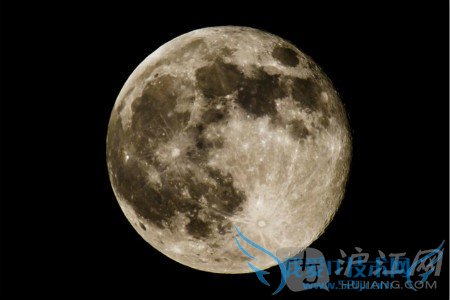��ӭ������52ijӢ��������������С��Ϊ�������Ӣ��֪ʶ�ǣ���2014���ڴ�����11���賿������Բ�£�������������ϸ�ķ�����
2014���ڴ�����11���賿������Բ�£�

A dramatic supermoon is set to accompany this year��s Perseid meteor shower, one of the most anticipated events on the skywatcher��s calendar.2014������Բ�£��������İ�����ʮ���ڴ���Ӣ����������ͬʱ���֡�
Given a dark, clear sky in a normal year, it is common to see more than 100 of the meteors an hour during the second week in August.����������8�µĵڶ��ܡ�ֻҪ�ҵ�һƬ�γ���ҹ�գ��Ϳ��Կ���ÿСʱ100������ǡ�
But this year the Perseids have a bright shining rival - a larger and brighter moon.������Ӣ����������ǿ�����֡���������Բ�¡�
On Sunday, two days before the meteor shower reaches its peak, the moon will become full.���վ���Ӣ����������߷廹�����죬������������ӭ��Բ�¡�
Coincidentally, it will also have reached the point in its orbit that is closest to the Earth, known as 'perigee'.�ɺϵ��ǣ����Բ��Ҳ�����ﵽ�����������롢��������֪�ġ����ص㡱��
The supermoon will be up to 14 per cent bigger and 30 per cent brighter than other full moons during the year.���γ����������������·�Բ�´�14%���������30%��
The best time to see the meteors is between Saturday and Wednesday, with activity peaking on Tuesday.�ۿ�Ӣ��������������ʱ�����ڱ�������������֮�䣬�ܶ��ﵽ������߷塣
An unusually bright full supermoon was also seen on 12 July, and another is due to appear on 9 September.7��12��Ҳ�����ֹ�����������������ͬʱ9��9�ջ���������һ�ֳ���������
But the supermoon of Sunday promises to be the most dramatic since this is when the moon will be at its closest point to the Earth all year.�����յ����Բ�¾�����2014�����ֵ���ڴ�������ʱ���������ﱾ��Ⱦ����������ĵط���
- �����б����������۽������ѱ�����˿���������������վͬ����۵��֤ʵ��������
-
